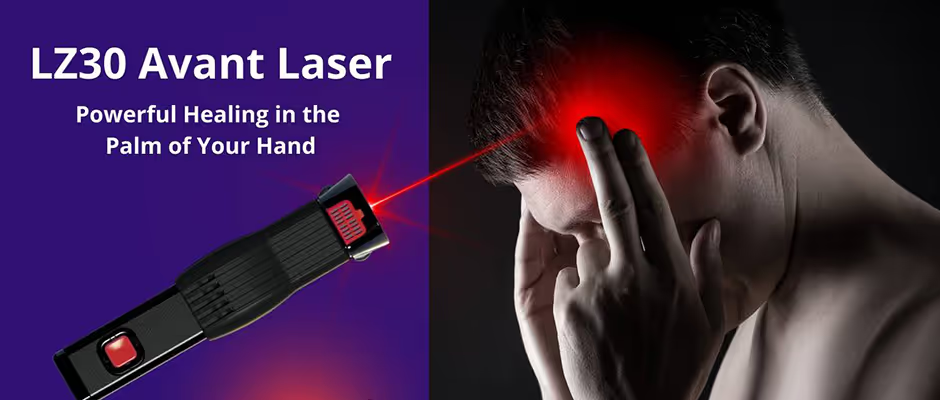
Photobiomodulation (PBM), also known as low-level laser therapy (LLLT) or cold laser therapy, is a cutting-edge, non-invasive treatment that uses specific wavelengths of light to stimulate cellular processes, promote healing, and support overall wellness. Over recent years, PBM has gained traction across various medical fields due to its numerous therapeutic benefits and minimal side effects.
At its core, PBM involves the application of light in the red and near-infrared spectrum to target cells and tissues. When these light wavelengths penetrate the skin, they interact with cellular components called chromophores, such as cytochrome c oxidase in the mitochondria. This interaction sets off biochemical processes that improve cellular health and contribute to the body’s natural healing abilities【1】【2】.
PBM works by delivering energy at the cellular level, leading to a range of therapeutic outcomes:
1. Enhanced Cellular Function
PBM boosts mitochondrial activity, enhancing the production of adenosine triphosphate (ATP), the primary energy source for cells. With more energy, cells are better equipped to repair damage, regenerate tissue, and maintain optimal function【2】.
2. Reduction of Inflammation1. Enhanced Cellular Function
PBM boosts mitochondrial activity, enhancing the production of adenosine triphosphate (ATP), the primary energy source for cells. With more energy, cells are better equipped to repair damage, regenerate tissue, and maintain optimal function【2】.
3. Improved Circulation
One of the most notable effects of PBM is vasodilation, or the widening of blood vessels. This process increases blood flow to targeted areas, enhancing oxygen and nutrient delivery while removing waste products. The result is accelerated tissue repair and improved overall recovery【3】【4】.
4. Pain Relief
PBM offers a natural and effective way to manage pain. By reducing inflammation, improving blood flow, and influencing nerve function, it helps alleviate discomfort associated with conditions like arthritis, neuropathy, and musculoskeletal injuries【4】.
5. Faster Wound Healing and Tissue Repair
PBM stimulates collagen production and angiogenesis (formation of new blood vessels), crucial processes for tissue repair. It’s particularly beneficial for wound healing, post-surgical recovery, and treating injuries【1】【5】.
6. Neuroprotective Benefits
Emerging research highlights PBM’s potential to protect nerve cells from damage and support neural regeneration. This has promising implications for individuals dealing with neurological conditions or nerve injuries【5】.
7. Skin Health and Rejuvenation
PBM is widely used in dermatology to address various skin concerns, such as acne, psoriasis, and signs of aging. By stimulating collagen production and improving skin tone and texture, PBM promotes healthier, rejuvenated skin【4】.
Thanks to its versatility, PBM has become a sought-after therapy in diverse medical and wellness contexts, including:
PBM’s appeal lies in its combination of effectiveness and safety. As a non-invasive treatment, it involves no downtime, making it a convenient option for those seeking natural ways to support their health. Additionally, PBM is virtually free of side effects when administered correctly, making it suitable for a broad range of patients【2】【3】.